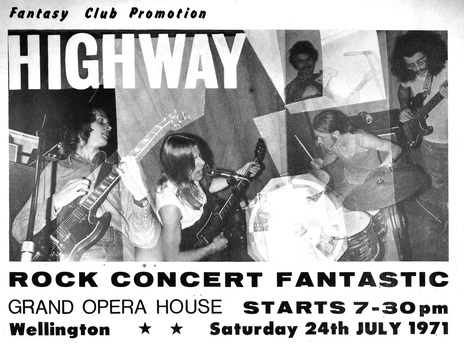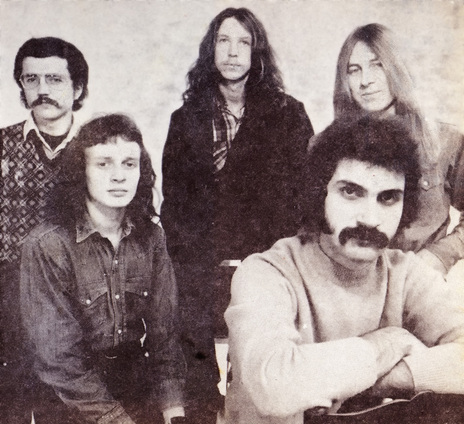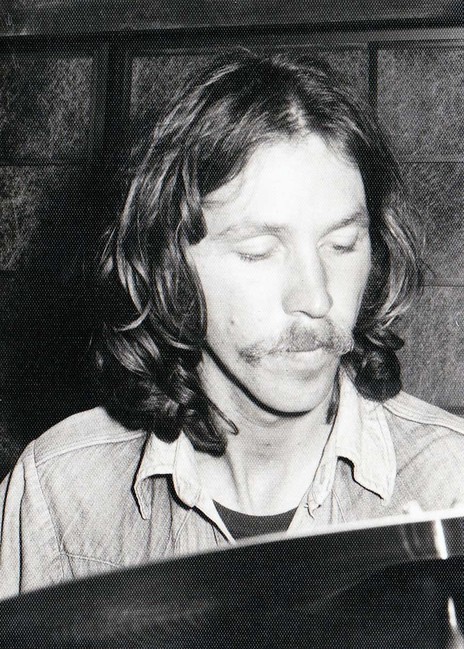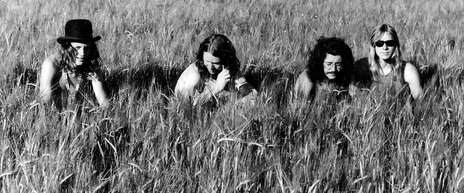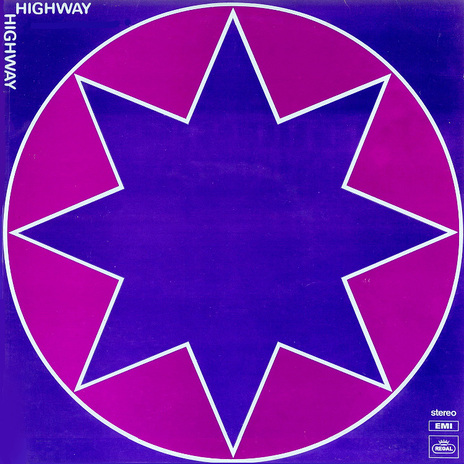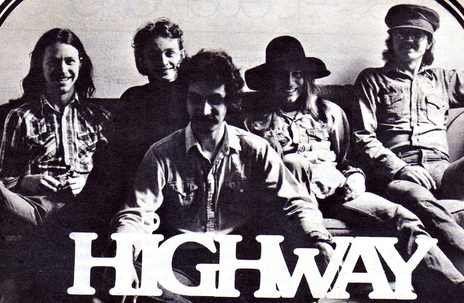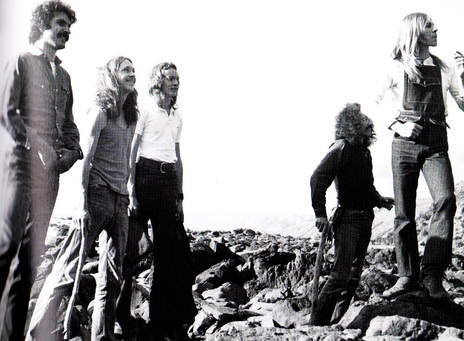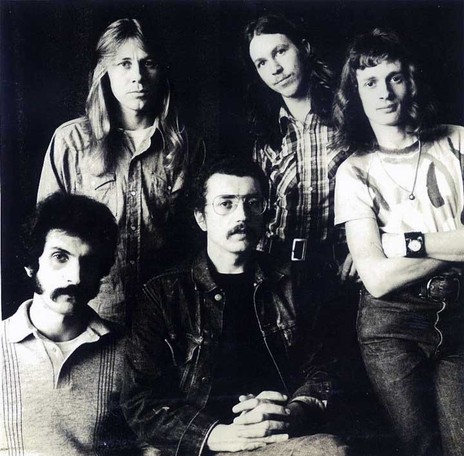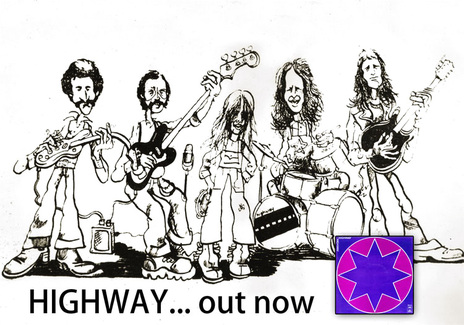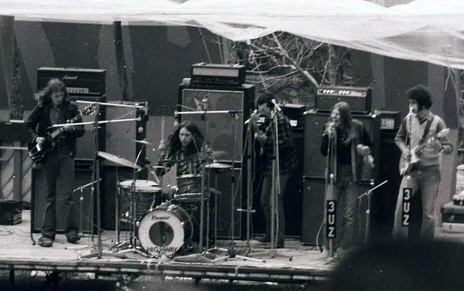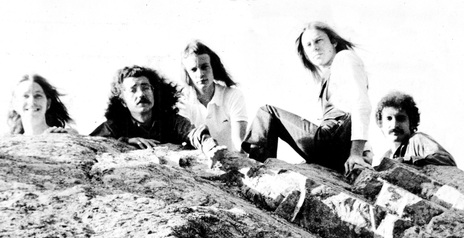All five members were seasoned professionals from different parts of New Zealand, but happenstance found them all between gigs in Wellington at the same time in early 1970. The gravel-voiced Bruce Sontgen had been exercising his diaphragm in hard-rocking combos since 1963, and most recently he’d fronted Wellington’s Tom Thumb, while two others had recently returned from Australian sojourns: George Limbidis, fresh from Freshwater, and Phil Pritchard, recuperating from Retaliation. Jim Lawrie had just returned from Whangarei and a gig with Serenity Lane, and George Barris had just returned from Auckland, where he had played with The Underdogs, Jigsaw and Fresh Air.
In the end, the album comprised seven tracks of spaced-out boogie rock.
With its druggy, bluesy jam-songs that could go on for half an hour or more, the group toured the student circuit with great success, but by late 1971, they were ready for the challenge of Australia. Just before leaving, however, with producer Alan Galbraith, they attempted to capture their essential musical character on tape. They must have had their work cut out for them, cutting those epics down to size. In the end, the album comprised seven tracks of spaced-out boogie rock that, while carrying echoes of stoner groove bands like the Allman Brothers and Man, definitely had its own thing going on.
Says producer Alan Galbraith: “Most of the bands (at the time) were at the mercy of the hotels, churning out covers like live jukeboxes for the boozy pub crowd … Then there was Highway. All five were locked together in one monstrous, cohesive unit. It was loud, it was hypnotic, it was original, and everyone in the room was under their spell.”
Unfortunately, despite interest from Australian entrepreneur Michael Gudinski, Highway’s Aussie mission was unsuccessful in securing either a large following or a contract, and they broke up in mid-1972, while their album, with no support from an absentee group, soon sank into obscurity. Luckily, we have it back to remind us of one of the really great one-offs of NZ rock history, and it’s an album that sounds fresher – and in its own inimitable way, funkier – than ever.
The group reformed late in 1972 without Sontgen or Barris, but only lasted a short time as an instrumental band. In 1973, they underwent a name change to Danny Douche and the Pelicans to work as a 1950s-style covers band. It couldn’t, and didn’t, last.
